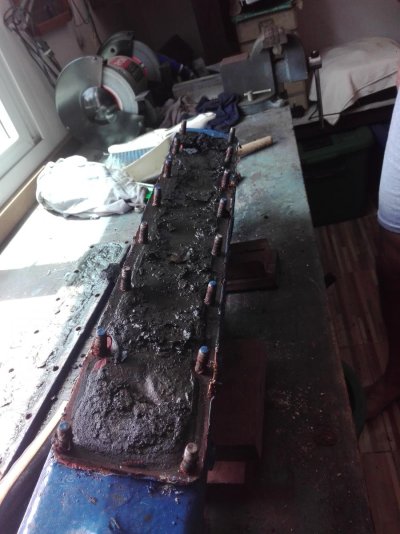STB
Guru
Depending on condition converting the Manicooler to engine coolant is not that hard just a change of plumbing . Just done mine ! Requires reaming out the tap in the water pump and drilling the inspection plate at the rear of the engine...
Can you explain the new cooling flows in this arrangement?
The conversions I've see would result in higher than nominal operating or exhaust temperatures at at least some mode, e.g. idle, low rpm, high load, etc, depending upon the flow.
The heat exchanger in the bowman hasthe capacity to remove a certain amount of heat. The raw water going through the manifold had a certain capacity to remove heat. If one removes the raw water cooling of the manifold, and doesn't add any cooling, e.g. another heat exchanger, there is less cooling capacity, right? Unless the theory is that there is plenty of excess originally, that loss of cooling should show up as more heat somewhere, sometimes.
I'm also curious about things like the thermostat and bypass.

